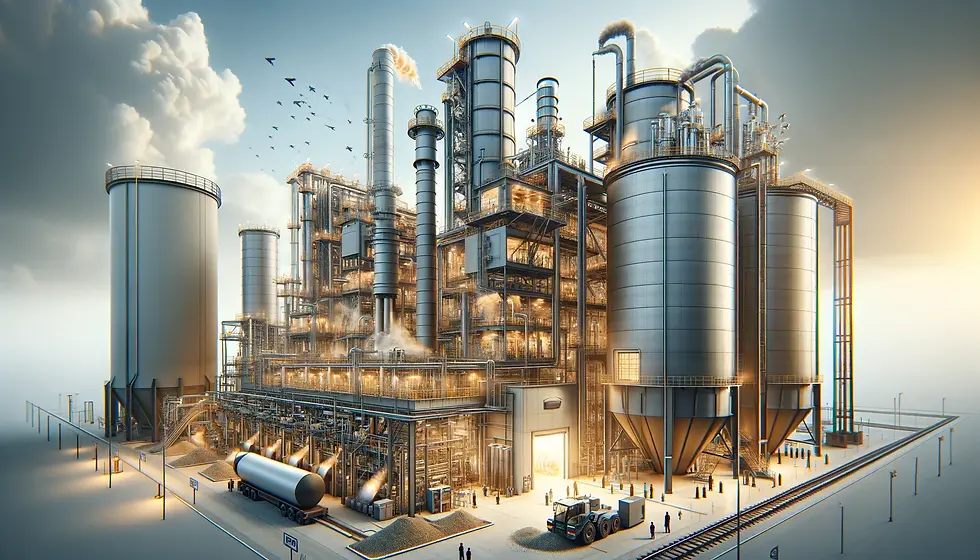Explosion protection for
pelleting lines compliant with the ATEX directive
Factories processing dusty materials must be equipped with machines compliant with the ATEX Directive and protection adapted to individual EX explosion zones.

We prepare documents related to explosion protection in a pellet factory, feed factory or production line where explosive zones occur.
1. Explosion Hazard Assessment [EHA]
The aim of ACS is to identify risk factors that may lead to an explosion and to develop appropriate preventive measures and safety procedures to minimize this risk.
OZW is used for production lines that are at the design stage.
AECE is the process of assessing potential hazards associated with the explosion of flammable substances, gases or dust in workplaces or other areas.
2. Ignition Hazard Assessment [IHAA]
The purpose of the Ignition Hazard Assessment is to develop an incident prevention strategy and implement appropriate safety measures to minimize the risk to people and property.
OZZ is usually performed for existing production lines in order to adapt them to the ATEX Directive.
CMO is the process of analyzing potential risk factors that could lead to an explosion or fire in a given environment.
We identify sources of potential ignition, such as electrical devices, hot surfaces, mechanical sparks or flammable substances, and determine environmental conditions that contribute to the emergence of hazards.

Check the cost of explosion protection
1. At the beginning
Explosion Hazard Assessment or Ignition Hazard Assessment.
2. Then
A cost estimate in which we will determine the scope of additional equipment and services.
3. At the end
Decision - do we secure it or does the topic have to wait?
WE SUGGEST THIS PLAN:
IT COSTS NOTHING
Yes, I want a free estimate and action plan to protect my production line from an ATEX explosion
Explosion protection for granulation and pelleting lines
Explosion safety for pellet factories and production lines is achieved by explosion suppression and isolation. However, priority is given to machines compliant with the ATEX Directive and equipment that reduces the effects of explosions.
Explosion safety in industrial factories is a key aspect aimed at minimizing the risk of explosions and protecting employees, infrastructure and the environment.
Explosion-proof safety measures are particularly important in industries where flammable substances, gases, dust or liquids are present and may constitute a potential source of danger.

ATEX explosion safety is a complex area that requires a systematic approach and investment in appropriate technologies and employee training.
We cover the following ATEX areas:
Risk Assessment: Explosion-proof safety measures begin with a thorough risk assessment. Industrial companies must identify areas where explosion hazards may occur and determine the types of substances that may pose a risk.
Classification of Explosive Zones EX: Factory rooms and areas are classified according to the risk of an explosive atmosphere. This classification allows for appropriate adjustment of safety measures.
Explosion-Proof Devices: Factories use special explosion-proof devices such as HRD cylinders, sensors, and decompression panels that meet strict safety norms and standards.
Ventilation Systems: Ventilation systems are designed to minimize the risk of flammable substances building up in the air. This is essential to maintaining safe atmospheric conditions.
Employee Training: Factory employees should be trained in explosion safety, know how to react in the event of a threat and use the available protective measures.
Regular Inspection and Testing: Regular inspection and testing of explosion-proof equipment is required to ensure it is in good working order and ready for use when needed.
Regulations and Standards: Companies must comply with applicable explosion safety regulations and standards that are established by regulatory bodies.